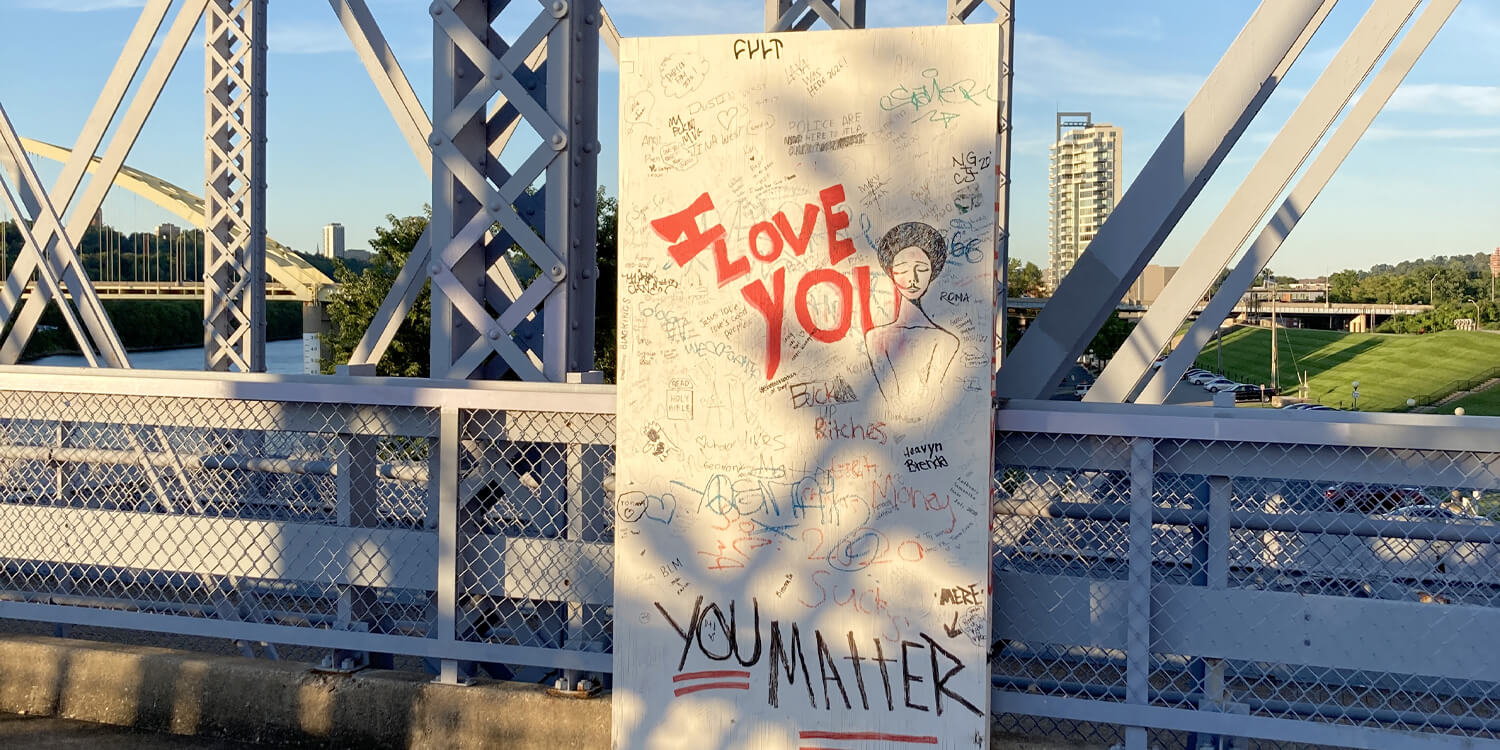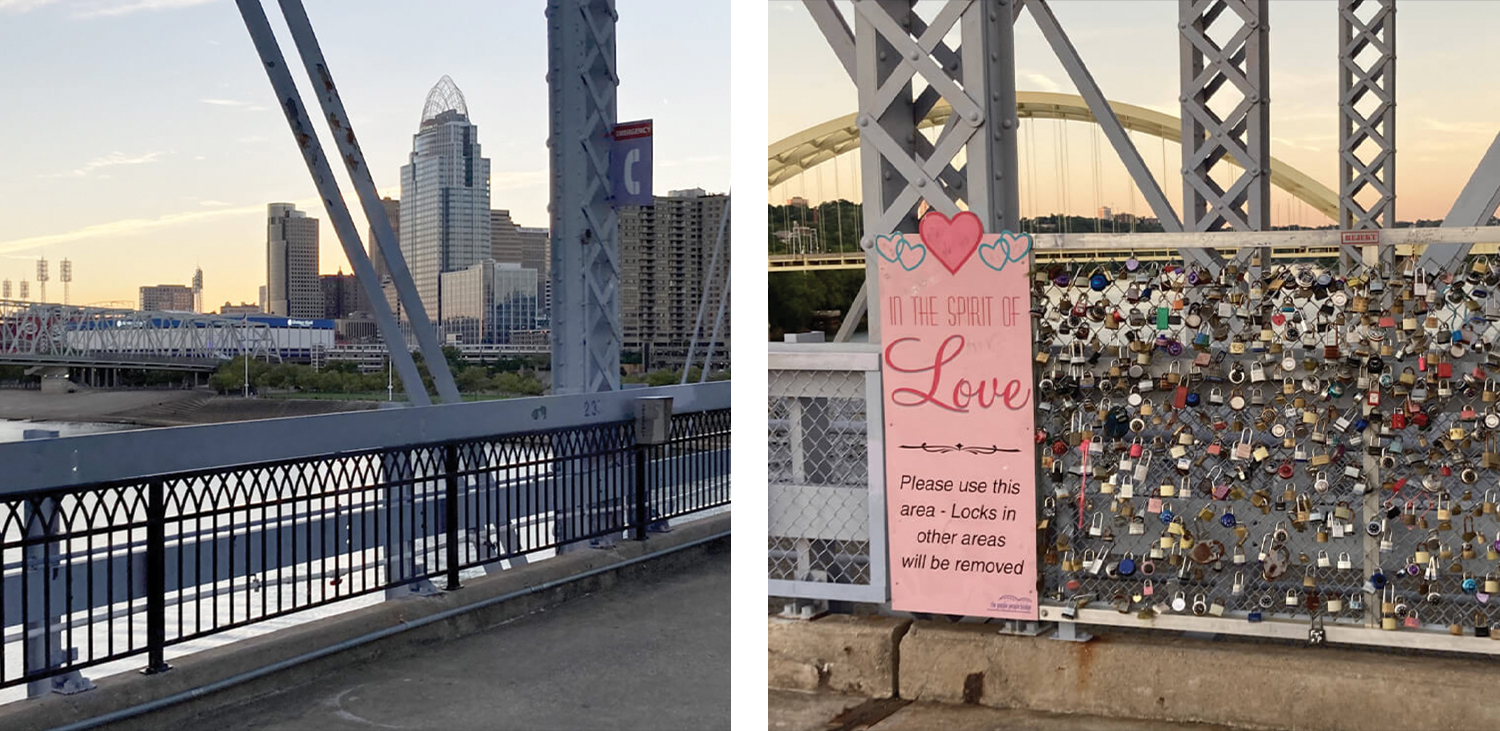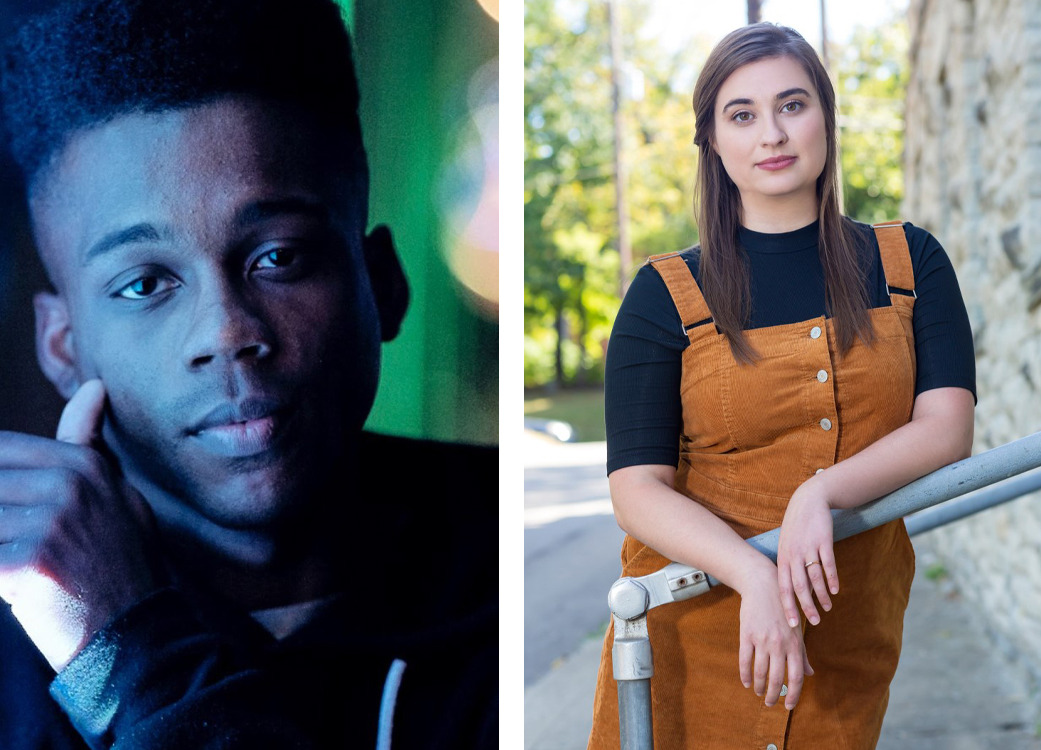Immersive Stories Designed for Today
Apr 23, 2021
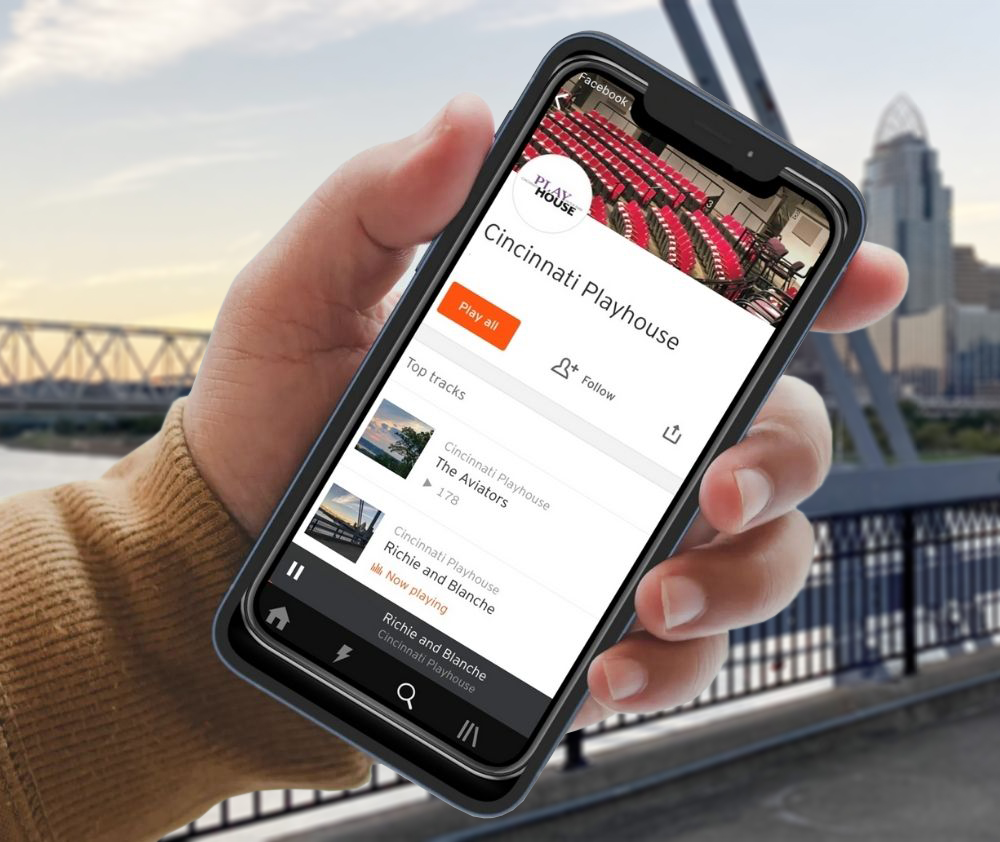
IMPORTANT NOTICE
Due to current weather conditions, performances of A Christmas Carol and Because You're Mine for Today, Dec. 13 at 7:30 p.m. have been cancelled. We apologize for any inconvenience this may cause.

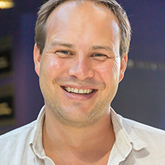 THE AVIATORS
THE AVIATORS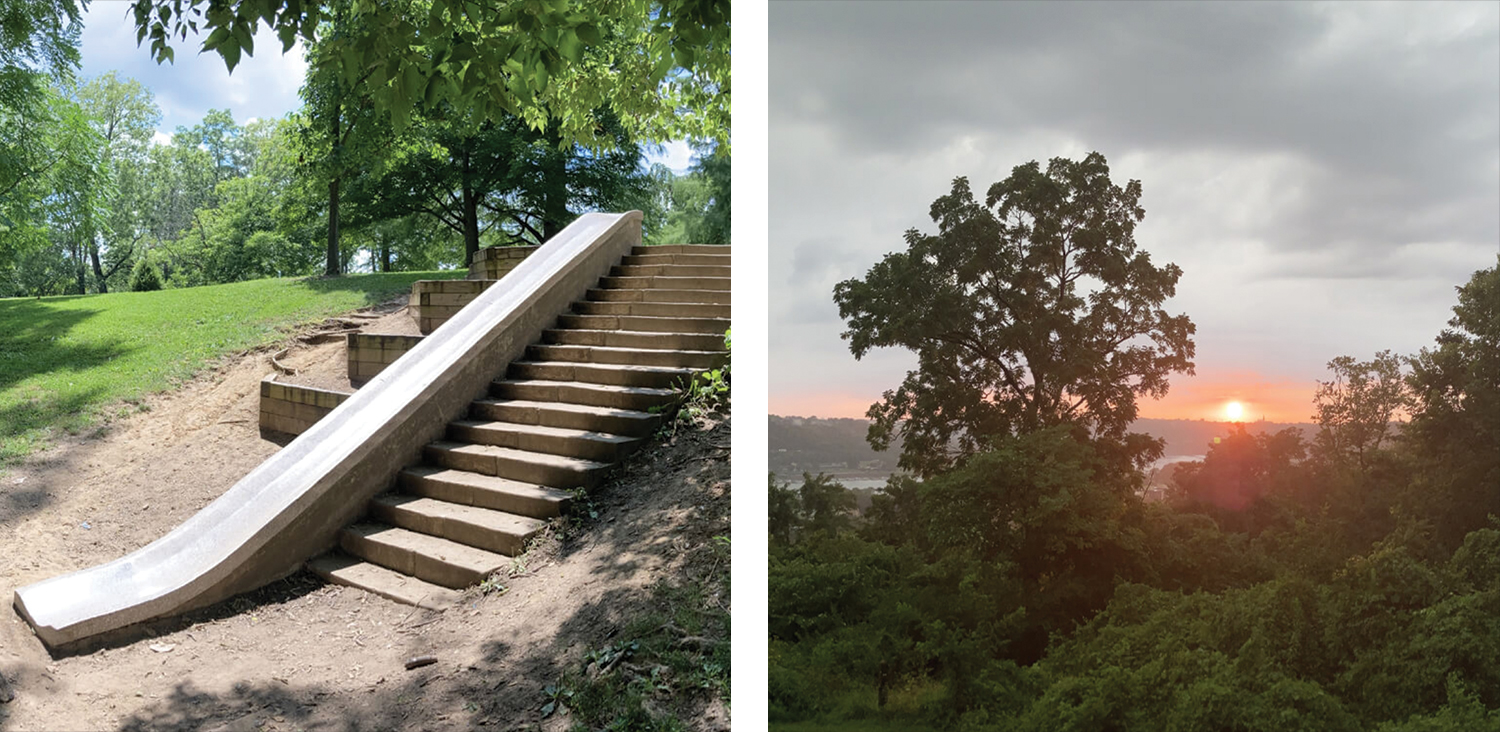
 RICHIE AND BLANCHE
RICHIE AND BLANCHE